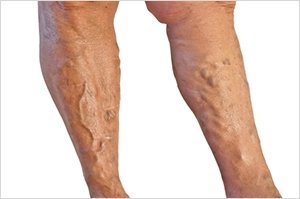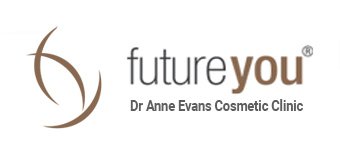Treatment Of Leg Veins

Unsightly leg veins are treated by a procedure called sclerotherapy. Very small veins are treated by microsclerotherapy.
Sclerotherapy involves injection of an irritant solution or sclerosant into the vein to damage the inside lining of the vein. The immune system then sees this vein as damaged and takes it away by fibrosis much like it removes a pimple or a bruise. The main sclerosant solutions used in Australia are very strong saline (salt), Polidocanol and STS ( sodium tetradecyl sulphate). At Future You® we use the first two solutions and only rarely STS.
Varicose or enlarged veins can occur in males and females but are more common in females. So called spider veins are much more common in females. Leg veins are related to many factors including heredity, hormonal changes and prolonged standing. Leg veins are an ongoing problem and sclerotherapy helps control them but is not a ‘cure’.
Proper assessment of the veins is essential to ensure a good outcome for the treatment. This involves a medical history and examination and sometimes an ultrasound of the leg veins to provide a map of the veins. This is called a Duplex ultrasound as it assesses the actual blood flow in the veins. Blood flow in the legs is controlled by flaps of tissue inside the veins called valves. There are major valves in the groin area and behind the knee and these are assessed by the Duplex. If those valves are not performing well then other treatments such as ultrasound guided sclerotherapy, endovenous laser ablation or surgery may be indicated. These procedures are not performed at Future You® but appropriate referral will be organized if they are the best procedure for that patient.
After a thorough assessment sclerotherapy may be performed. This involves injections via a very fine needle into the veins. The procedure is uncomfortable rather than painful. Usually both legs can be treated in the 20-30 minute appointment but sometimes one initial treatment for each leg is needed. Sometimes another treatment 6-8 weeks later is necessary. After the injections cotton balls and tape are applied to the area for the next hour. There may be some redness and itchiness for a couple of hours. If a lot of lower leg veins have been treated then some mild leg swelling may occur. All these side effects will resolve easily. If there is continuing pain in the days after the sclerotherapy then you should contact the clinic.
If a varicose vein has been treated then a compression stocking will need to be worn for a few days after the treatment.
After the sclerotherapy it will take about 6-8 weeks for the veins to slowly disappear. This treatment does not stop further veins developing and treatments are often required every 2-5 years.
Medicare does not cover any costs for sclerotherapy unless a varicose vein is treated. This can only be determined by the doctor at your first consultation. If you would like to proceed please ring to make an appointment with Dr Anne Evans who performs sclerotherapy.


